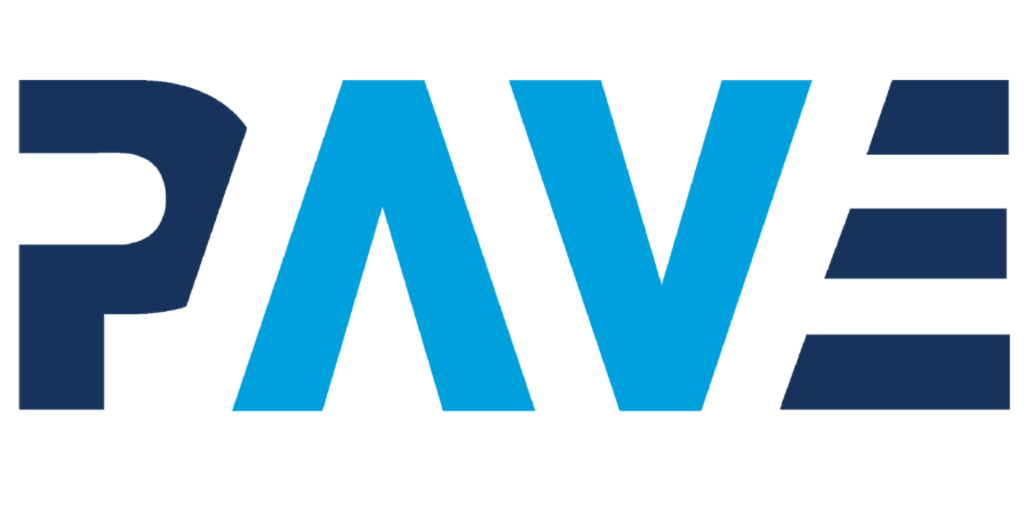Safely developing and deploying autonomous systems—such as advanced driver-assistance systems (ADAS) and automated driving systems (ADS)—is a challenging task. Autonomy programs need to define and follow a rigorous verification & validation (V&V) process to ensure the safety of the systems they develop. Unfortunately, autonomous systems are especially complex due to the unbounded conditions they need to handle safely in their operational space. On top of that, there is limited regulatory guidance surrounding autonomous system safety and how programs can work towards safe commercial deployment.
As a result of these challenges, some autonomy programs are hesitant to invest in V&V early on in their development, hoping that it will get easier to establish V&V processes once their system is developed further. However, those programs might overlook the fact that foundational development and testing practices are best established jointly. By setting up the right foundations early and incrementally maturing V&V processes over time, teams can develop autonomous systems more efficiently against clearly defined goals, avoid delays, and achieve a safer, more performant end product.
Applied’s V&V handbook provides autonomy programs with principles to consider for their safety framework (“I. Safety Framework Best Practices”) and best practices for setting up their V&V processes (“II. V&V Best Practices”). The Applied Intuition team has leveraged its unique position in the autonomous vehicle industry to create this first edition, and we look forward to engaging in conversations and hearing feedback from the industry.
This blog post is the first in a three-part series that highlights a subset of the many topics included in Applied Intuition’s V&V handbook.
 PAVE US
PAVE US PAVE EUROPE
PAVE EUROPE PAVE UK
PAVE UK

